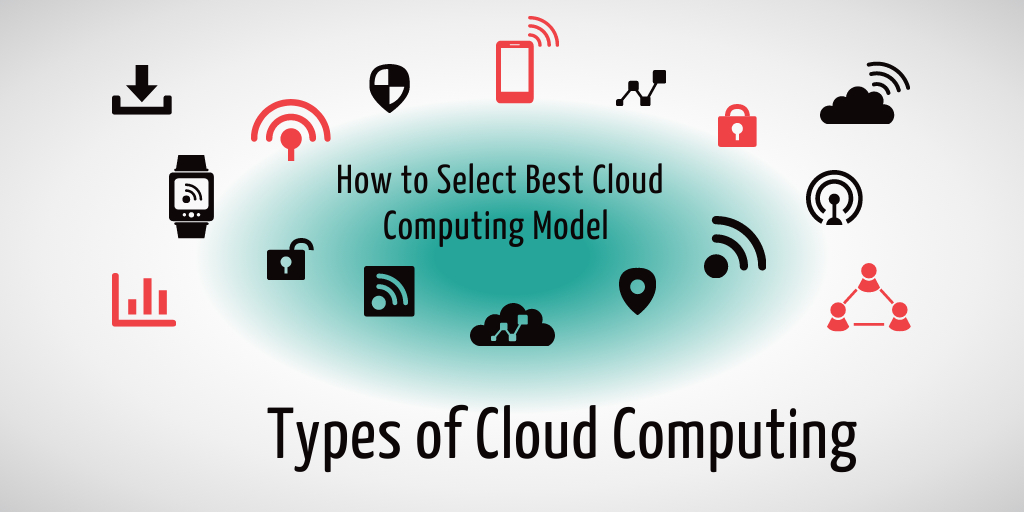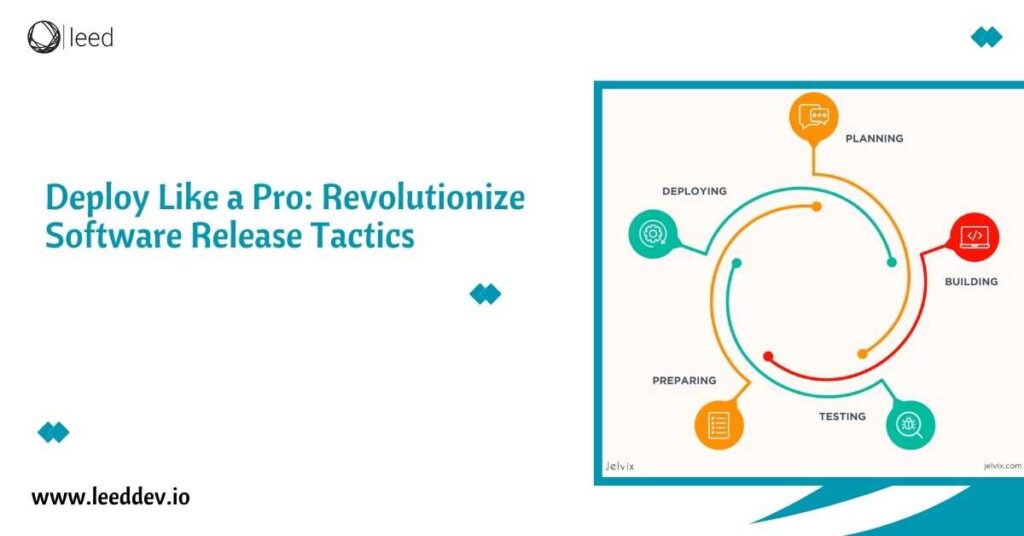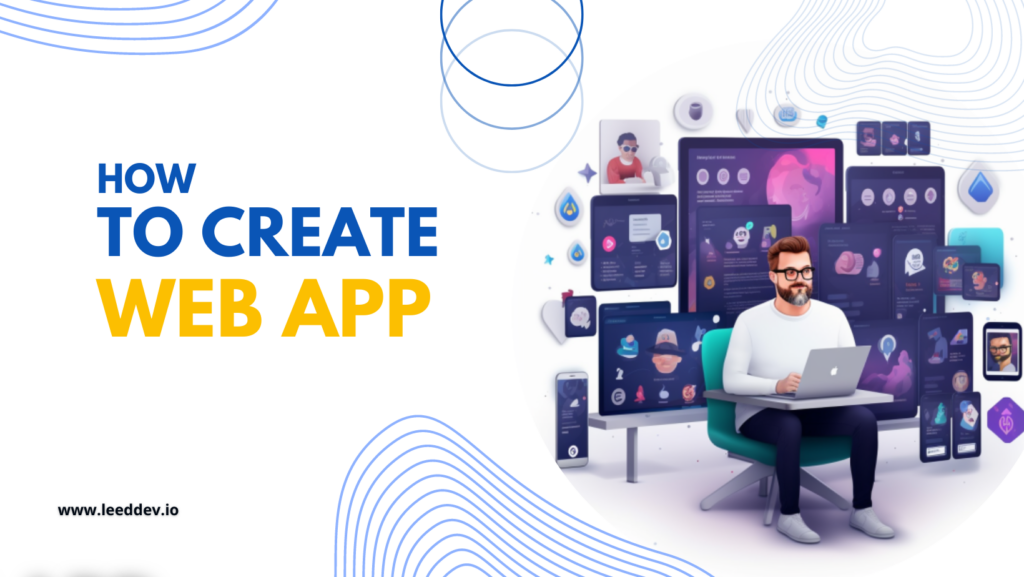Step into the future of analytics! Business Intelligence Evolution is not just a tool; it’s a revolution shaping the way businesses thrive in the digital age. We know that enterprises are drowning in data. Although the amount of data is extensive but its crucial. This is where business intelligence tools come in handy.
For informed data driven decision making business intelligence tools play an important role. Well, then, let’s discuss the Business Intelligence Evolution along with some business intelligence trends and popular tools.
What is Business Intelligence?
Basically, business intelligence is a set of different technologies and tools used by organizations to solve business related problems. The BI tools are designed so that the users can get help with analytics platform capabilities. But do remember that the Business Intelligence Evolution world is far from easy to navigate.
BI is basically a tech-driven process through which predictive analytics growth is easy, and guided insights can also be generated. Although the generations of business intelligence tools have brought a lot of changes and innovations, many organizations are still looking for the perfect tool that matches their needs.
Business Intelligence Life Cycle
Before discussing the Business Intelligence Evolution, let’s discuss the life cycle so that you can have a better understanding of business intelligence and the future of business insights. The following steps are involved in the business intelligence life cycle:
- Identify the business process and the problem
- Data collection
- Data warehousing
- Data preparation and analysis
- Reporting
- Business decision
- Evaluation and iteration
Evolution of Business Intelligence
Now, let’s discuss the Business Intelligence Evolution and what it means for business owners. By feeding business related data into BI tools organizations can get insights into their products. They can know what product is underperforming and which is best and can get useful information on other decisions regarding data.
With the help of artificial intelligence techniques, BI tools have changed a lot. Basically, there are three stages of Business Intelligence evolution, which are as follows:
- Traditional BI
- Self Service BI
- Augmented BI
Let’s discuss the above stages in detail:
Traditional BI
Traditional business intelligence focuses on databases to analyze and create static dashboards. Using the traditional business intelligence tools KPIs are developed by the decision makers to answer queries related to business. However, the issue was that it was difficult for non-technical users to use. These are basically owned and used by IT organizations, and the main focus is on reporting and developing KPIs.
Two main factors in the success of traditional business intelligence evolution were:
- Dashboards and Reporting
- Data warehousing
In the traditional era, data was combined from multiple systems into a single database. The process could take days, weeks, or even more time. The process was long and inefficient for the client as well.
Self Service BI
The next is the self service era of business intelligence evolution. After computers became widespread, business intelligence (BI) systems evolved rapidly. Now, business users can easily access and analyze vast amounts of data using BI tools. These tools enable quick analysis and help find patterns in data efficiently.
Unlike traditional methods, modern BI tools use visuals like charts instead of just rows and columns, making it easier for analysts to understand data. This shift from the old Extract, Transform, and Load (ETL) system to a more dynamic approach significantly sped up data analysis for companies. This speed allows businesses to make faster decisions and stay competitive. The main aim of self service BI tools was a one-stop-shop for all data platforms.
If we simply explain the workflow of self service BI then:
- Business User Collects and Formats Data
- Business User Connects BI tool to Data Storage
- Data Team Creates Models and Dashboards
- Data Team Updates Operational Team
Although self service was a step forward in business intelligence evolution, the operational teams still had to rely on data management teams to complete the technical tasks. The third era of business intelligence evolution, Augmented BI understood the demand and the companies started working to achieve that goal.
Augmented BI
This is where the business intelligence evolution made a turn and took a more psychological approach to data and insights. Now data scientists are responsible for turning large amounts of data into useful insights which impacts your business. This is known as the augmented analytics era. Advanced analytics evolution has helped organizations generate insights that will help them improve their performance.
Traditional and self-service analytics can make it challenging for regular users to create and model dashboards. Augmented BI aims to change this by giving business users control over every step of the data process, making it easier for them to handle and understand.
Popular Business Intelligence Platforms of 2024
Some of the most popular business intelligence platforms of 2024 include:
- Microsoft Power BI
- Qlik
- Sisense
- Domo
- Zoho Analytics
- Dundas BI
- IBM Cognos Analytics
- Looker
- Oracle Analytics Cloud
- GoodData
- Google Data Studio
- Metabase
- SAP Analytics Cloud
Advantages & Disadvantages of BI Tools
Following are some of the advantages and disadvantages of BI tools:
| Advantages of BI Tools | Disadvantages of BI Tools |
| Enables Informed Decision-Making | Initial Implementation Costs |
| Enhances Data Visualization | Complexity for Non-Technical Users |
| Improves Data Accuracy and Consistency | Dependency on Data Quality |
| Facilitates Quick and Easy Reporting | Integration Challenges with Legacy Systems |
| Supports Real-Time Data Analysis | Potential Security Concerns |
| Enhances Collaboration and Data Sharing | Maintenance and Upkeep Costs |
| Helps Identify Trends and Patterns | Training Requirements for Users |
| Streamlines Business Processes | Scalability Challenges |
| Boosts Overall Business Performance | Data Overload and Information Fatigue |
Conclusion
To conclude, in the world of Business Intelligence evolution, from Traditional to Augmented BI, each era has marked a milestone in reshaping how businesses harness data. Traditional BI relied on static dashboards, followed by the self-service era that sped up analyses but maintained a reliance on data management teams. The shift to Augmented BI represents a psychological approach, placing data scientists at the forefront of turning data into impactful insights. Despite BI tools offering advantages like informed decision-making and enhanced data visualization, challenges such as implementation costs and complexity are still present. The Business Intelligence Evolution is not just a revolution; it’s a strategic roadmap to unlock the true potential of data in the digital age.
FAQs
What is Business Intelligence?
Answer: Business Intelligence is a set of techniques and tools used by companies to solve business issues. Organizations can get useful insights with the help of business intelligence tools.
What steps are involved in the Business Intelligence Lifecycle?
Answer: The following steps are involved in the Business Intelligence Lifecycle:
- Identify the business process and the problem
- Data collection
- Data warehousing
- Data preparation and analysis
- Reporting
- Business decision
- Evaluation and iteration
When did Business Intelligence start?
Answer: In 1865, the Business Intelligence phrase was presented by Richard Millar in the “Cyclopædia of Commercial and Business Anecdotes.”
What is the main purpose of Business Intelligence?
Answer: The main purpose of Business Intelligence is to help organizations make informed decisions by interpreting the data and giving useful insights.
How can Business Intelligence provide business value?
Answer: Business Intelligence (BI) enables intelligent decision-making that is backed by big data innovation. This reduces the chance of making any wrong decisions based merely on intuition.
What are the top Data Analytics Trends?
Answer: The latest data analytics trends of 2024 are:
- Implementation of Artificial Intelligence in Data Analytics
- Using Business Intelligence (BI) for gathering useful insights
- Data-Centric AI
- Natural Language Processing (NLP)
- Augmented Analytics




